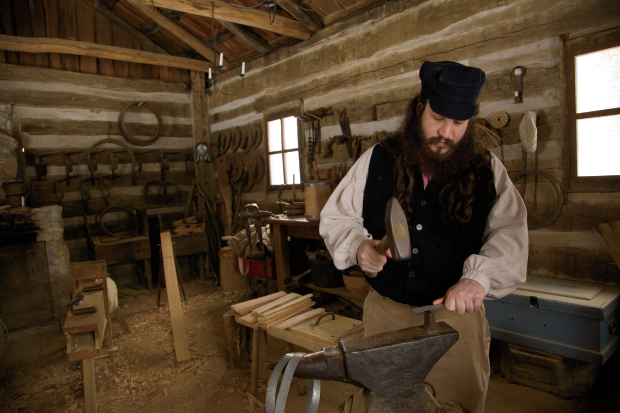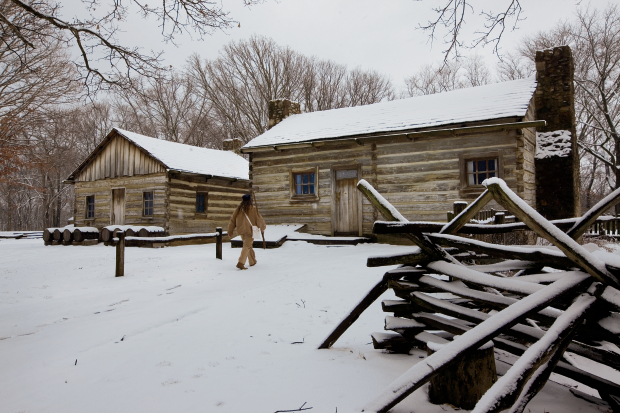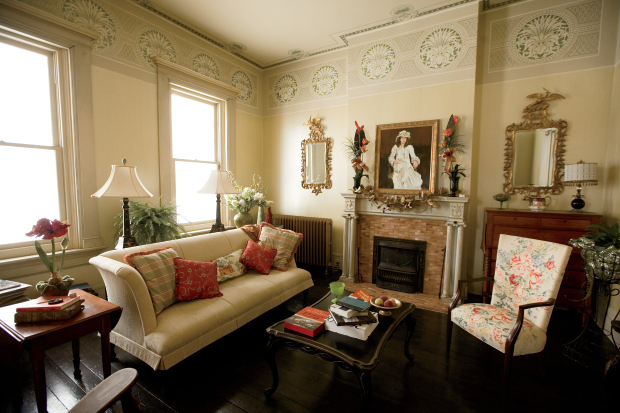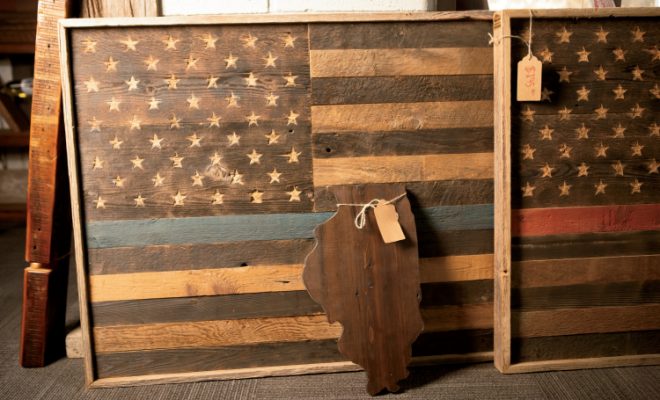
The state’s links to Abraham Lincoln lurk in surprising places. And it won’t even cost you a Lincoln-faced penny to view most of them.
Take, for instance, a resurrected small cemetery plot near Danville, a city where Lincoln practiced law. Historians learned the people buried in this 19th-century plot held close relationships with Lincoln. The site happens to be next to an Interstate 74 rest stop. Travelers in need of a break can view this Lincoln-significant cemetery and its interpretive signage.
“A lot of people think of Springfield as ‘the site’ of Lincoln sites,” says Sarah Watson, executive director of the Looking for Lincoln Heritage Coalition. “Some people have no idea how much Lincoln lived his life throughout Illinois, and not just Springfield.”
In reality, our nation’s 16th president lived, raised his family, established friends, and pursued his passion for law and politics throughout more than half the state. The Abraham Lincoln National Heritage Area, managed by the Looking for Lincoln Heritage Coalition, includes 42 central Illinois counties. It stands as the only heritage area named by Congress in honor of an American president.
“I could take you coast to coast from Quincy all the way to Danville,” Watson says. “There are so many hidden gems.”
For one, check out the talking houses experience in the Western Illinois city of Pittsfield, home to many of Lincoln’s friends. Visitors can grab a map at the visitors center and tune their car radio to specified stations. The radio streams a narrated drive-by tour of 11 homes connected to Lincoln. The community also hosts a Civil War re-enactment every June at the lake outside town. Re-enactors from across the United States set the mood for this free event.

Abraham Lincoln practiced law in many courthouses on the 8th Judicial Circuit, including Mount Pulaski, located near Lincoln (the first town, founded in 1853, named after him). Visitors to the courthouse can stand on the same wooden floor where Lincoln paced as he argued cases. Last spring, a local third-grade class chose to support the historic courthouse. Their goal of raising $500 for the Mount Pulaski Courthouse Foundation generated more than $11,000, which will be used in part to attract more visitors to the historic site.
By the Numbers
$129 million: contributed to the economies of those communities as a result of these visits
2,000: volunteers who donated nearly 150,000 hours of their time and talent to Lincoln historic sites
Another trip off the beaten path involves a visit to Lerna, located near Mattoon in the east-central part of the state. The community, with a population of less than 300, takes pride in its Lincoln log cabin. The 86-acre historic site preserves where Lincoln’s father and stepmother, Thomas and Sarah Bush Lincoln, farmed in the 1840s. By then, Lincoln lived in Springfield, but he visited the farm periodically. Volunteer interpreters wear period clothing and portray people who lived in the area. They demonstrate 1840s-era cooking, mending, laundry, butter making, rail splitting and more. The site also provides picnic pavilions, a playground and natural areas for fishing, walks and bird watching – all free of charge.
In fact, other than entry to the museum in Springfield, almost every exhibit and tourist site costs nothing.
“That, to me, is significant,” Watson says. “I don’t know how many places are left where you can soak up as much fun and history and be frugal about it.”

Springfield and New Salem remain the most popular and most recognized Lincoln sites, Watson says. Lincoln’s New Salem gives a lifelike portrayal of the village where Abraham Lincoln spent his early adulthood. People in this village helped Lincoln win his first election to the Illinois General Assembly. Volunteers today replicate early 19th century life among a dozen log houses, the Rutledge Tavern, workshops, stores, mills and a school.
Springfield includes the Old State Capitol, where Lincoln practiced law and sat in the legislature. The only home Lincoln owned sits there on Seventh Street. He was buried in the city’s Oak Ridge Cemetery, the nation’s second-most-visited cemetery behind Arlington National Cemetery. And the hub town also attracts visitors to the modern, interactive world class Abraham Lincoln Presidential Library and Museum.
The museum exhibits provide a great start to the Lincoln adventure, the coalition says. The group uses social media, a website, state tourism opportunities and more to promote the lesser-known sites where Lincoln worked, visited and debated. These historic Lincoln connections throughout the state link closely to this museum.
Find historic community links to Lincoln, trip ideas and more at the Looking for Lincoln Heritage Coalition’s website, discoverlincoln.org.





